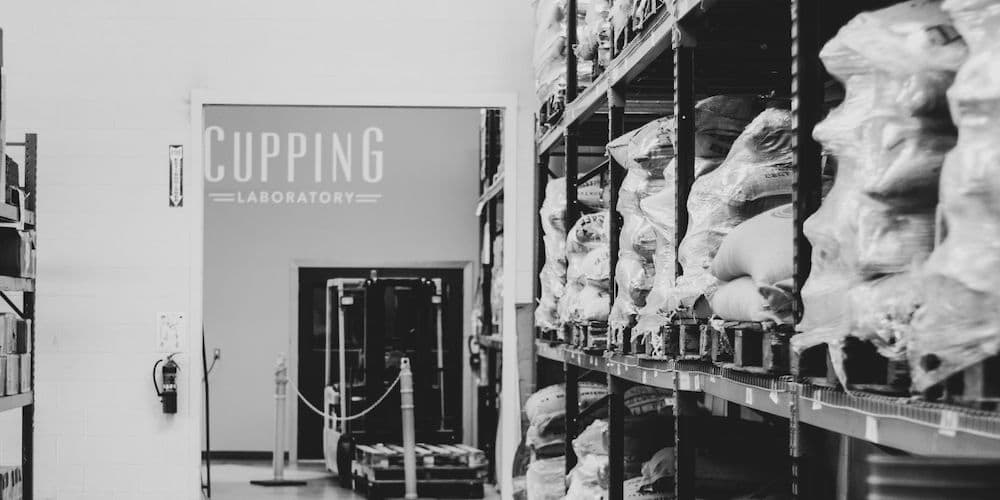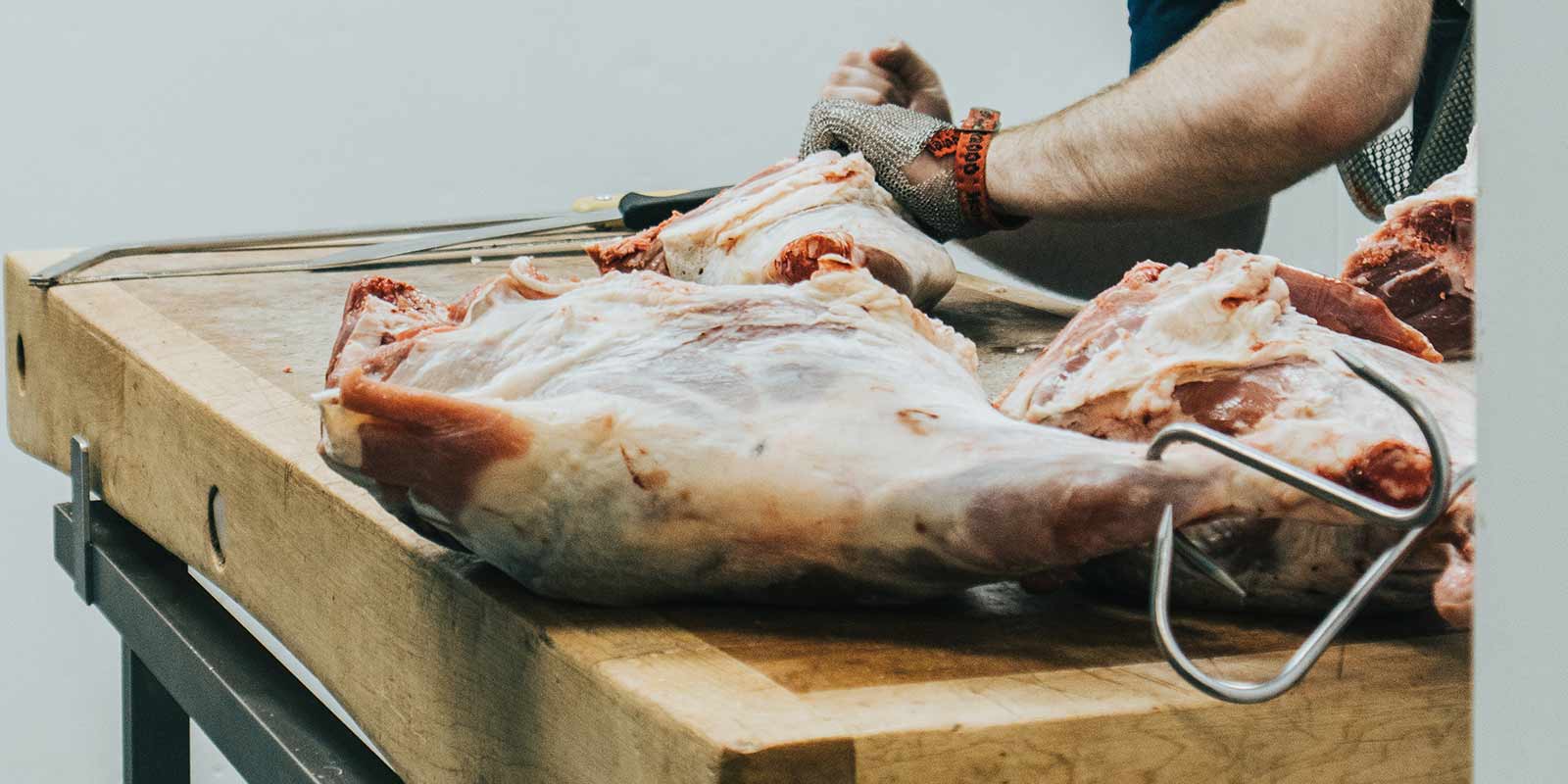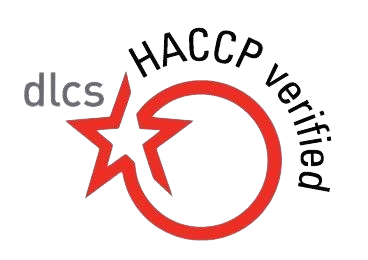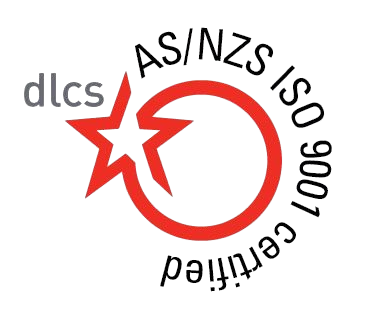Ensuring stringent hygiene standards in food manufacturing is paramount to safeguarding public health, maintaining product quality, and complying with regulatory requirements. Implementing effective hygiene practices not only prevents contamination but also enhances operational efficiency and brand reputation.
1. Establish a Robust Hygiene Management System
Developing a comprehensive hygiene management system is the foundation of food safety. This system should encompass:
- Sanitation Standard Operating Procedures (SSOPs): Documented procedures detailing cleaning and sanitization processes for all equipment and surfaces.
- Hazard Analysis and Critical Control Points (HACCP): A systematic approach to identifying, evaluating, and controlling food safety hazards.
- Training Programs: Regular training sessions for all personnel on hygiene protocols and food safety practices.
- Monitoring and Verification: Routine inspections and audits to ensure adherence to hygiene standards.
2. Implement Strict Personal Hygiene Practices
Personnel play a critical role in maintaining hygiene standards. Best practices include:
- Hand Hygiene: Frequent and thorough handwashing with soap and water, especially after handling raw materials or using the restroom.
- Protective Clothing: Wearing appropriate personal protective equipment (PPE) such as gloves, hairnets, and aprons to prevent contamination.
- Health Monitoring: Ensuring that employees are healthy and free from illnesses that could compromise food safety.
- Behavioral Practices: Avoiding touching face, hair, or other surfaces that could introduce contaminants.
3. Maintain Clean and Sanitized Facilities
Regular cleaning and sanitization of the manufacturing environment are essential:
- Cleaning Procedures: Implementing cleaning schedules for all areas, including production floors, storage rooms, and equipment.
- Sanitization: Using approved sanitizers to reduce microbial load on surfaces.
- Waste Management: Proper disposal of waste to prevent accumulation and potential contamination sources.
- Pest Control: Establishing measures to prevent pest infestations, which can introduce contaminants.
4. Control Cross-Contamination Risks
Preventing cross-contamination is crucial in food manufacturing:
- Segregation: Keeping raw and cooked products separate to avoid contact.
- Equipment Handling: Using dedicated utensils and equipment for different food types.
- Storage Practices: Storing food items at appropriate temperatures and conditions to prevent spoilage and contamination.
5. Monitor and Document Hygiene Practices
Continuous monitoring and documentation ensure compliance and identify areas for improvement:
- Record Keeping: Maintaining logs of cleaning schedules, training sessions, and inspections.
- Audits: Conducting regular internal and external audits to assess hygiene practices.
- Feedback Mechanisms: Encouraging employee feedback to identify potential issues and solutions.
6. Stay Updated with Regulatory Standards
Adhering to local and international food safety regulations is mandatory:
- Compliance: Ensuring all practices align with food safety laws and standards.
- Certifications: Obtaining certifications such as ISO 22000 or HACCP to demonstrate commitment to food safety.
- Continuous Improvement: Regularly reviewing and updating practices to meet evolving regulations and industry best practices.







